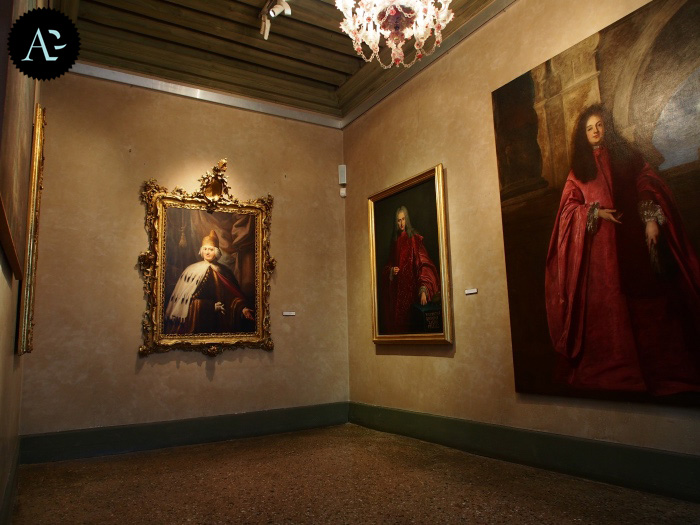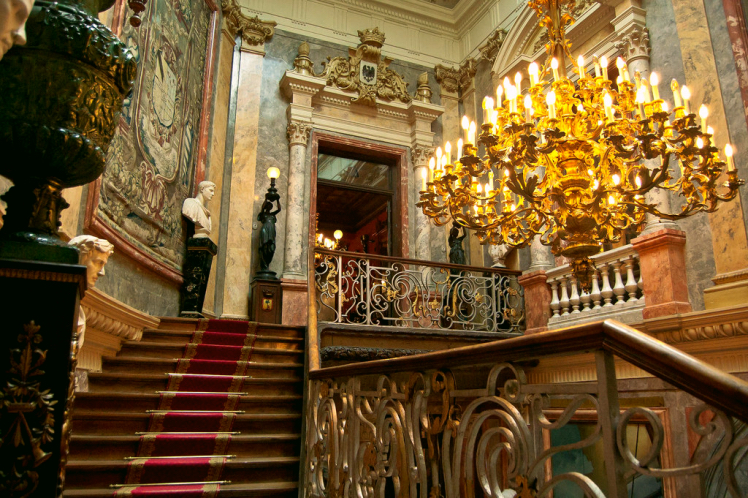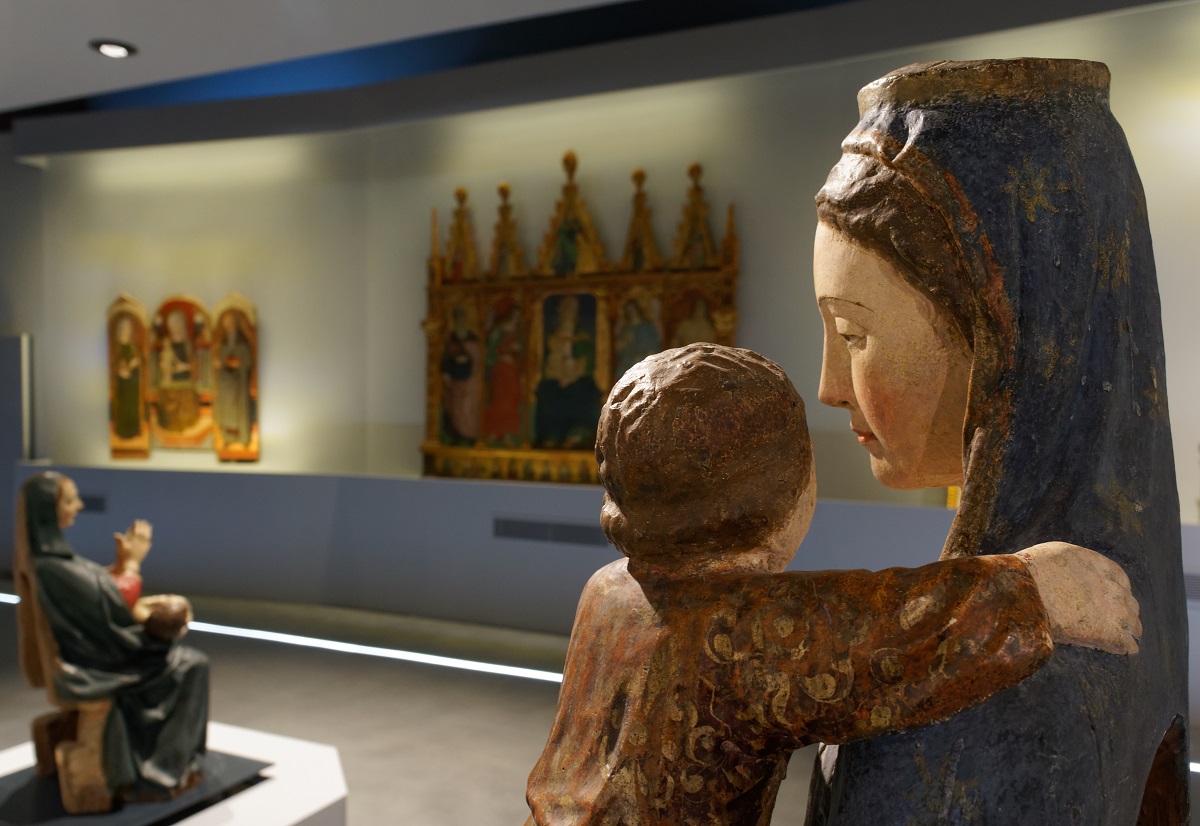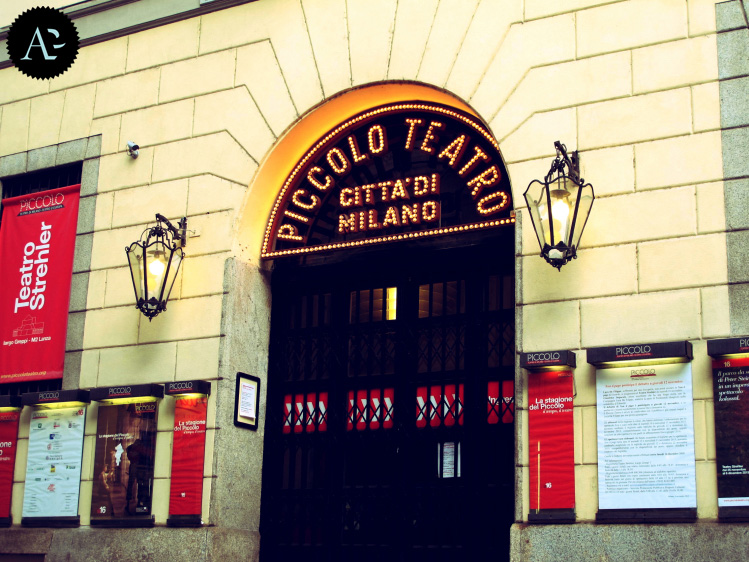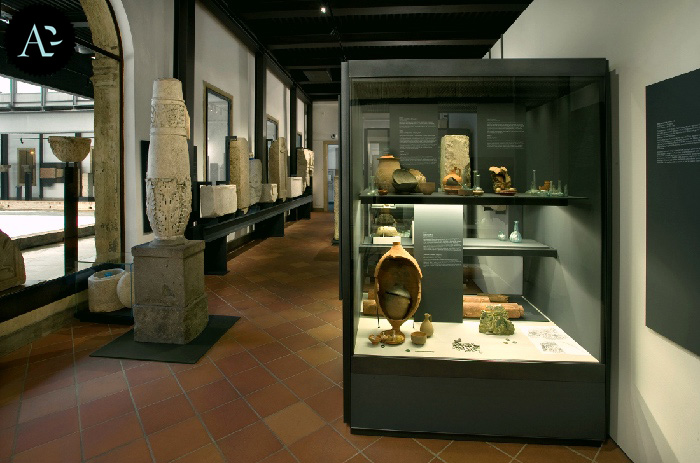
ON SUNDAY AT THE MUSEUM: Civic Museum Agli Eremitani, Palazzo Zuckermann and a peek inside the Basilica of Saint Anthony in Padua
City Museums Padua. As you already know, each first Sunday of each month I talk about a visit to a museum (last month I wrote about the Doria Pamphilj Gallery in Rome), but this time I choose to immerge myself in a city I attended for a long time but I never paid close attention to its municipal art collection.
If you follow me on Instagram, you can easily understand that I’m talking about Padua, and you have seen my photos about my Sunday at the Civic Museum agli Eremitani, Palazzo Zuckermann and my detour to the Basilica of Saint Antony. In this post I’m talking about my visit to the Civic Museums in Padua.
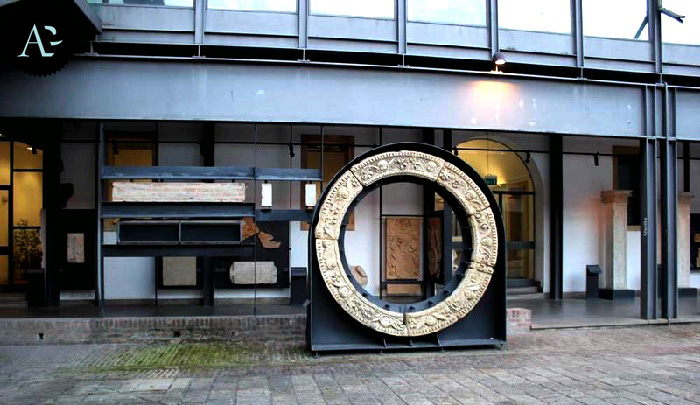
If you are planning a visit to enjoy the historical heritage of Padua, I think your itinerary should include a visit to the Giardini dell’Arena di Padova, a must-see place where the Civic Museum Agli Eremitani, the most ancient museum in Veneto is located.
The museum includes the Archaeological Museum; the collection of Ancient Egypt finds of the Paduan explorer Giovanni Battista Belzoni; the Museum of Medieval and Modern Art; the Scrovegni Chapel (one of the most important masterpiece by Giotto), and Palazzo Zuckermann, which hosts the Museum of Applied Arts and the Museo Bottacin, a large collection of coins and medals donated by Nicola Bottacin to the city of Padua in 1865.
A heap of things to see! As they say.
I saw everything, except for the Scrovegni Chapel, because it is well worth a special visit. And I’m going to arrange it later.
I visited each room and I lost myself in the history of this city so special to me.
If you really want to know Padua, it will take you some time to visit this place, because many things will strike you.
I was fascinated by the rich Pinacoteca (picture gallery) which houses paintings from the 14th century to the 19th century, including works by Veronese, Tintoretto and Tiepolo, but also Giotto’s Crucifix, originally located above the altar inside the Scrovegni Chapel, a sight you can’t miss.
To be honest, Palazzo Zuckermann was a pleasant discovery.
The building hosts weapons, coins, paintings, sculptures, furniture and jewels which retrace the history of the rich merchant Nicola Bottacin.
There are also some items belonged to his friend Maximilian of Habsburg, the Emperor of Mexico, whom I talked about in my post about my visit to the Miramare Castle.
You can’t miss the Museo Bottacin, if you are fond of coin collecting. It is the richest and the most prestigious collection in Europe.
It retraces the history of the coin from the Ancient Greece, through the Roman age, the Byzantine age and the following ages, until the Lira, the pre-Euro currency and the Euro, the European Union currency.
Padua has always evoked pleasant emotions in me. I went there several times when I went to university. Although I attended Ca’ Foscari in Venice, my heart was in Padua. And I won’t say anything else!
It doesn’t matter…you’ve understood that I went to Padua under the pretext of studying, but actually I went there in order to meet my boyfriend of that time. He didn’t want to visit the Scrovegni Chapel, because it isn’t a good omen visiting it before you get your degree.
But now this place isn’t a danger anymore, so next time I’m going to oblige him to come with me, and I’m writing about our visit.
I’m sorry I couldn’t take any pictures (the pictures of this post belong to the preview of the exhibition dedicated to Felice Casori). The Civic Museums in Padua haven’t understood yet that it is necessary to share their inheritance in order to promote it.
What a pity!
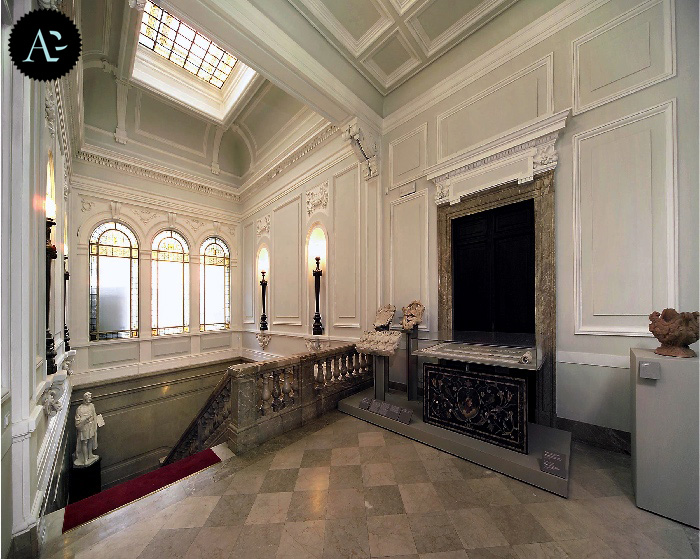
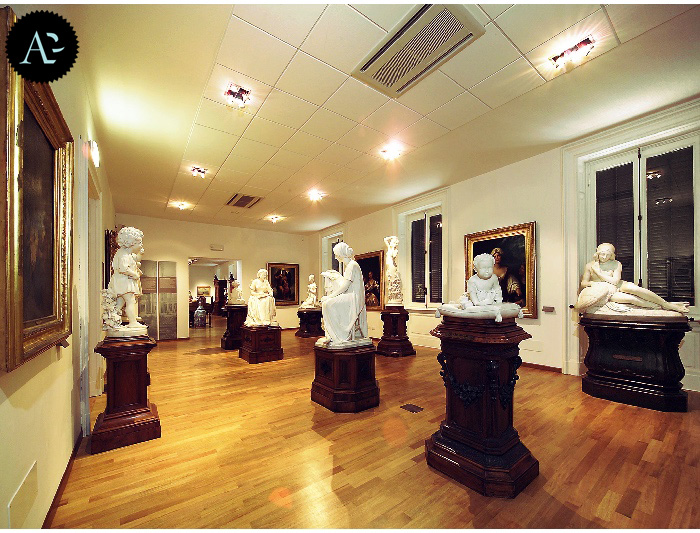
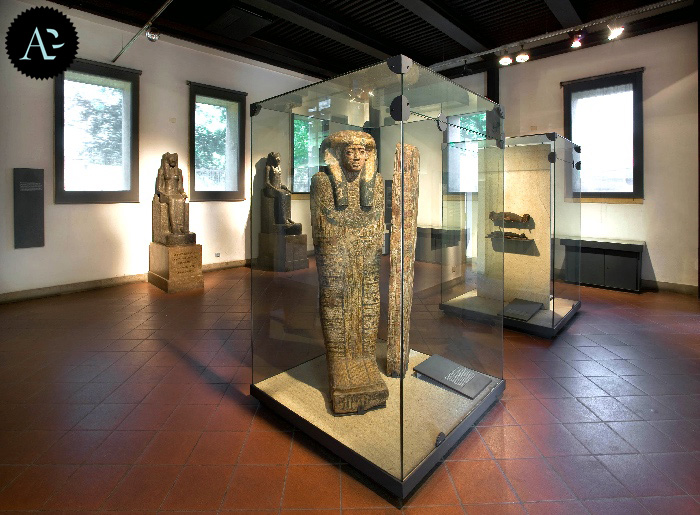
NFO
City Museums Padua
Piazza Eremitani, 8 – Padua
Palazzo Zuckermann
Corso Garibaldi, 33 – Padua
LINK
https://padovacultura.padovanet.it/it/musei


